When is Meet the Bears being aired on TV?
The programme will be aired on BBC Two at 9pm on Monday 4 November. After this time it will be available to stream on BBC iPlayer.
What is Meet the Bears about?
Each episode of Natural World follows one particular subject, species, or group of animals. This episode will feature the bear, or Ursidae family, telling the fascinating stories of its 8 members, from the iconic grizzly to the rare sloth bear.
Beloved from storybooks, bears are some of the most familiar and charismatic animals on Earth. They are found in a wide diversity of habitats, from the northern Arctic to the Andean Mountains. Yet, well known as they are, most people know little about how these varied and widespread animals live, eat, and overcome life’s challenges.
The programme will explore the question ‘what does it take to be a bear’, looking at the various adaptations and skills each member of the family needs to survive in their own particular habitat.
It will also cover the impact human encroachment into bear territory has on their natural behaviours and how, in some places, humans and bears have learnt to co-exist.
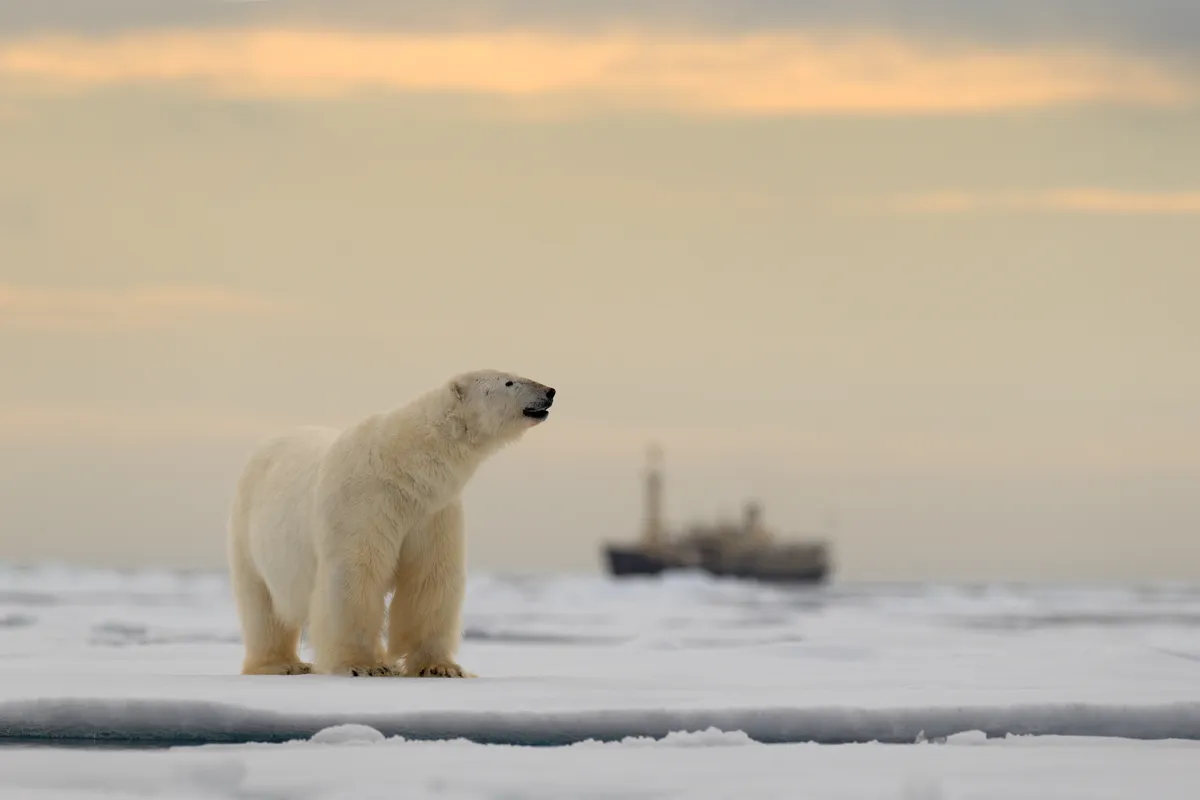
Who will be narrating?
The programme will be narrated by Hugh Bonneville, perhaps best known for his role as the patriarch in Downton Abbey. His relaxing, storybook-esque voice lends itself well to the subject matter, and he also has his own bear connection, having played Mr Brown in the two Paddington films. The real-life Paddington, the spectacled bear, will be featured in the programme.
Which bear species will be featured in Meet the Bears?
All 8 members of the bear family will be featured in this episode. Learn more about each one below. There will also be appearances from some of the species that bears interact with, from the chinook salmon much prized as a food by the voracious grizzly, to the western honeybees disturbed by the hungry foraging of the black bear.
1
Brown bear, Ursus arctos
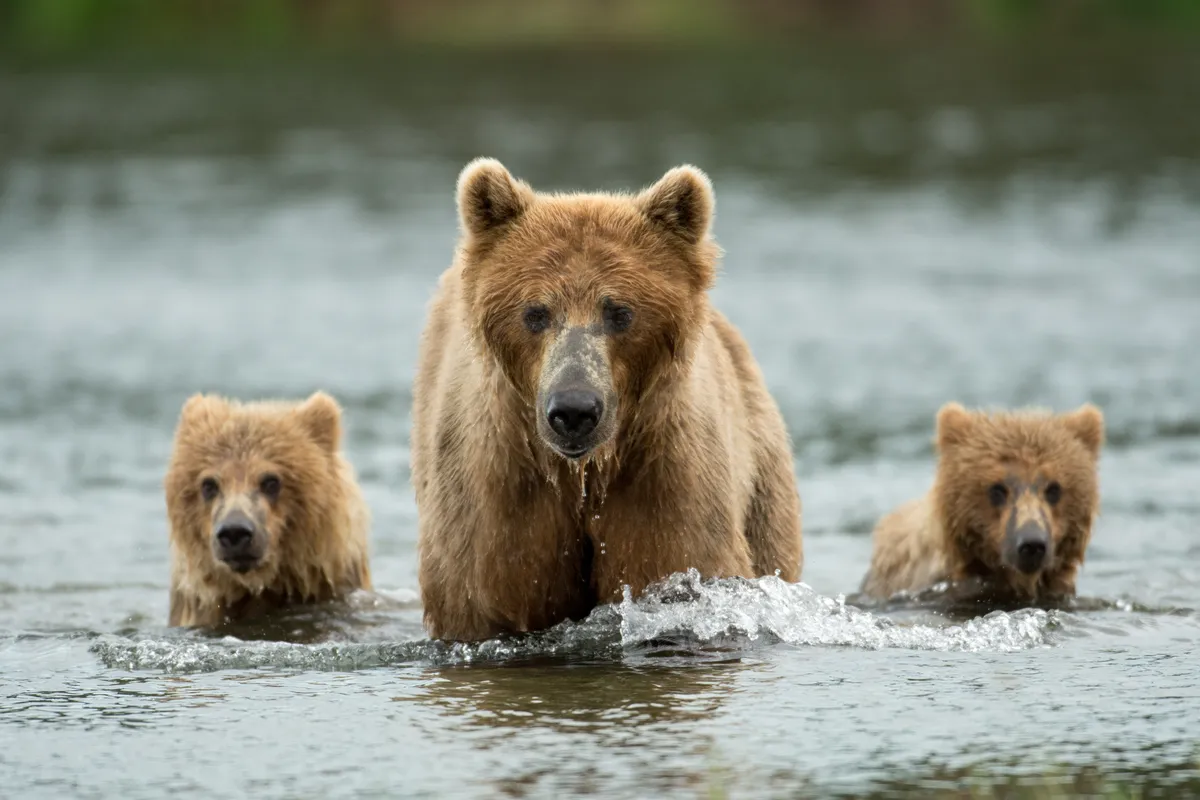
Commonly known as the grizzly bear when found in the USA and Canada, there are actually about 15 subspecies of brown bear, found across much of Northern Eurasia and North America. The brown bear is the most widely distributed bear in the world.
The Ussuri brown bear is featured in the programme as well as the grizzly, and this is found in Russia, Northern China, Japan and Korea.
These bears are huge, second only in size to the polar bear. As such they need to eat enormous amounts of food, especially in the season leading up to their annual winter hibernation. During this time they go through a period of hyperphagia (excessive eating) in which they may eat up to 100,000 calories a day and put on vast amounts of weight, mostly by eating calorie-rich salmon.
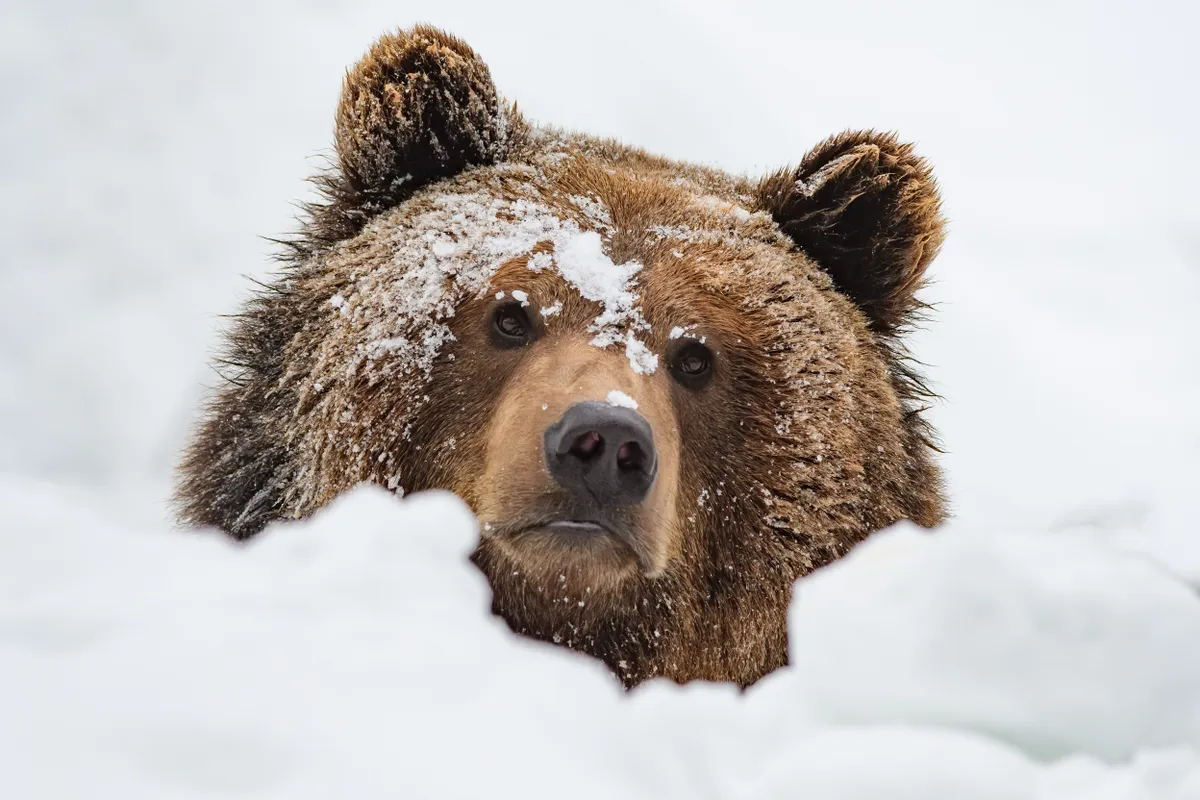
Related content:
2
Spectacled bear, Tremarctos ornatus
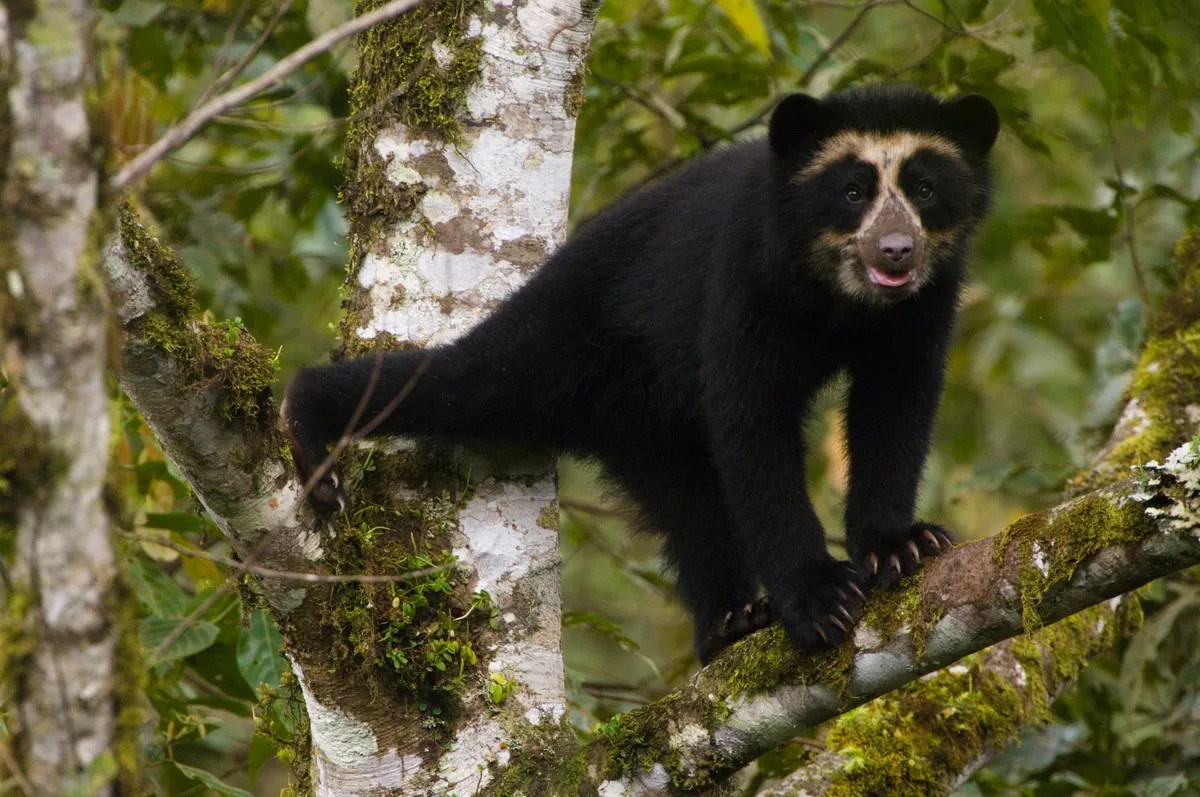
The original Paddington, this elusive bear is the only member of the family found in South America, being native to the Andes from Venezuela to Northern Argentina, including Colombia, Ecuador, Peru and Bolivia.
Spectacled bears are omnivorous, feeding on the fibrous parts of plants such as bromeliad hearts, orchid bulbs and tree bark. They also eat small rodents, birds, and insects, though only 5% of their diet consists of meat.
3
Polar bear, Ursus maritimus
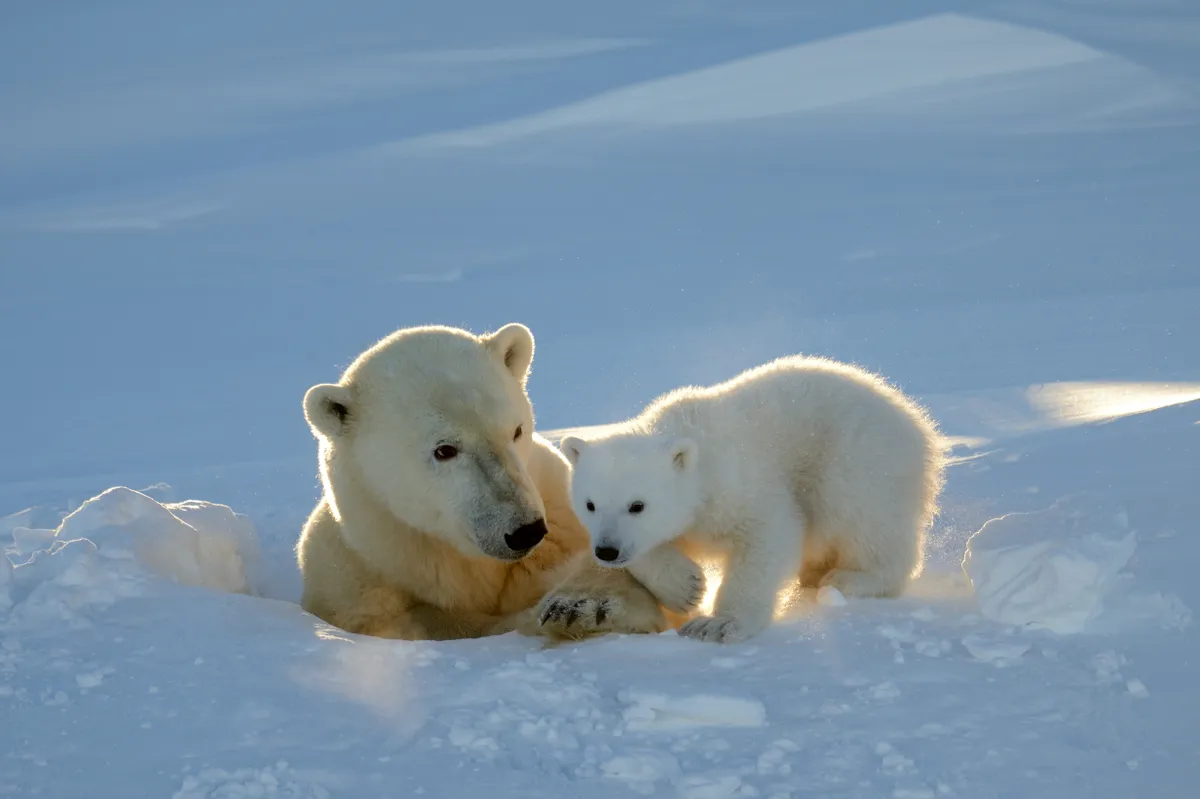
Perhaps the most iconic and well-loved of all the bear species, the polar bear is found mainly within the arctic circle, roaming the ice-sheets, and camouflaged against the surrounding snow.
They are the planet's biggest land-based carnivores, feeding primarily on seals. As inhabitants of sea-ice, polar bears are particularly at risk from climate change, as the platform on which they hunt is melting earlier and earlier in the year, due to rising sea temperatures. This may lead to malnutrition and exhaustion as they are forced to swim further to find food. The species are listed as Vulnerable by the IUCN.
4
Black bear, Ursus americanus
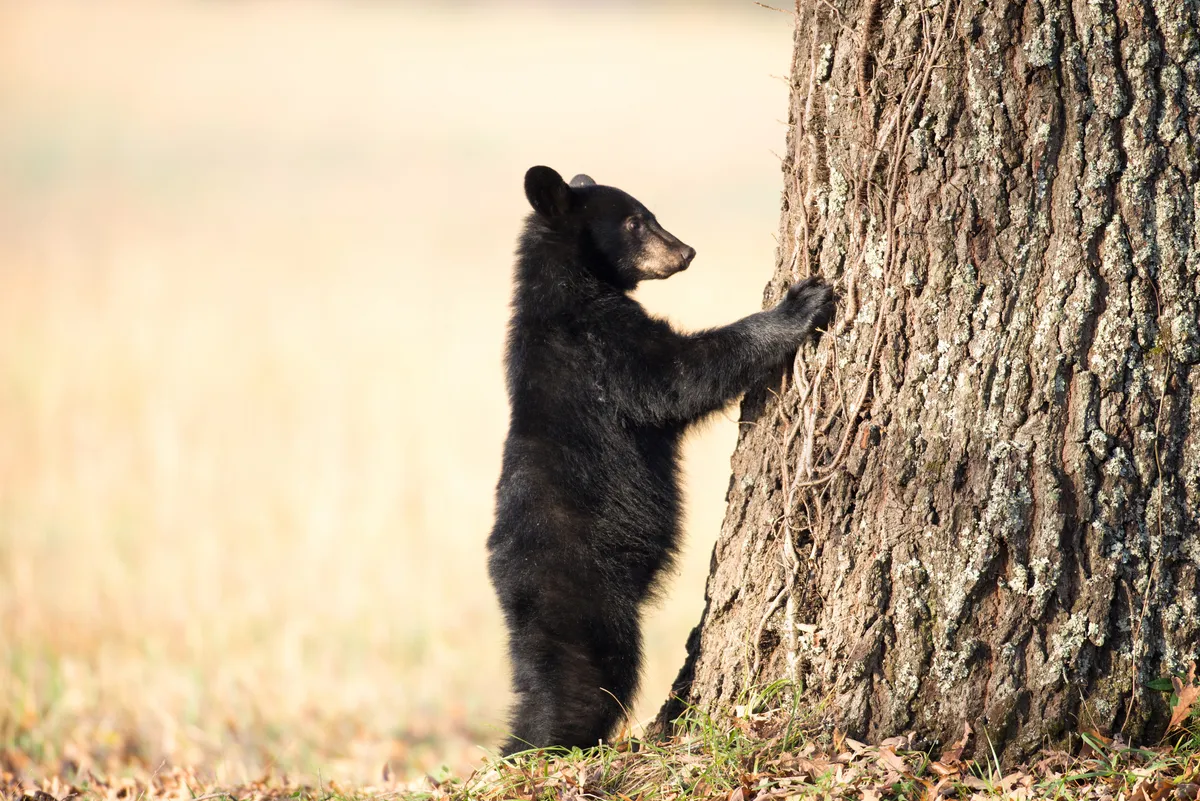
North America’s most common bear species, black bears are thought to have a population size twice that of all other bear species combined. The IUCN lists the American black bear to be of Least Concern’, and it is, along with the brown bear, only one of two of the 8 bear species not threatened with extinction.
Related content:
5
Panda bear, Ailuropoda melanoleuca
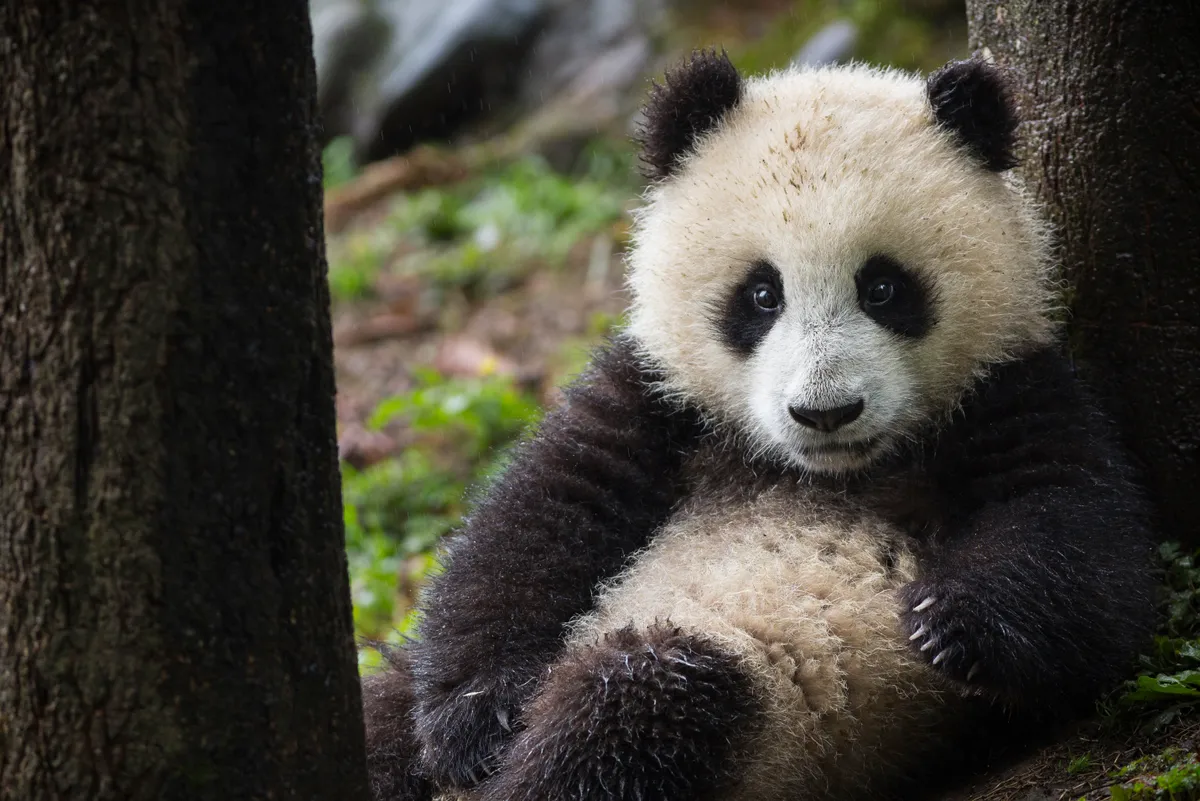
An emblem of conservation (as the symbol of the WWF) the giant panda is threatened with continued habitat loss and habitat fragmentation. The plight of the giant panda is partly attributable to its very low birth rate and short breeding window. This means that populations are slow to recover. However, due to intensive conservation efforts and breeding programmes, owing in part to its status as a charismatic icon and national animal in China, numbers are increasing.
6
Sloth bear, Melursus ursinus
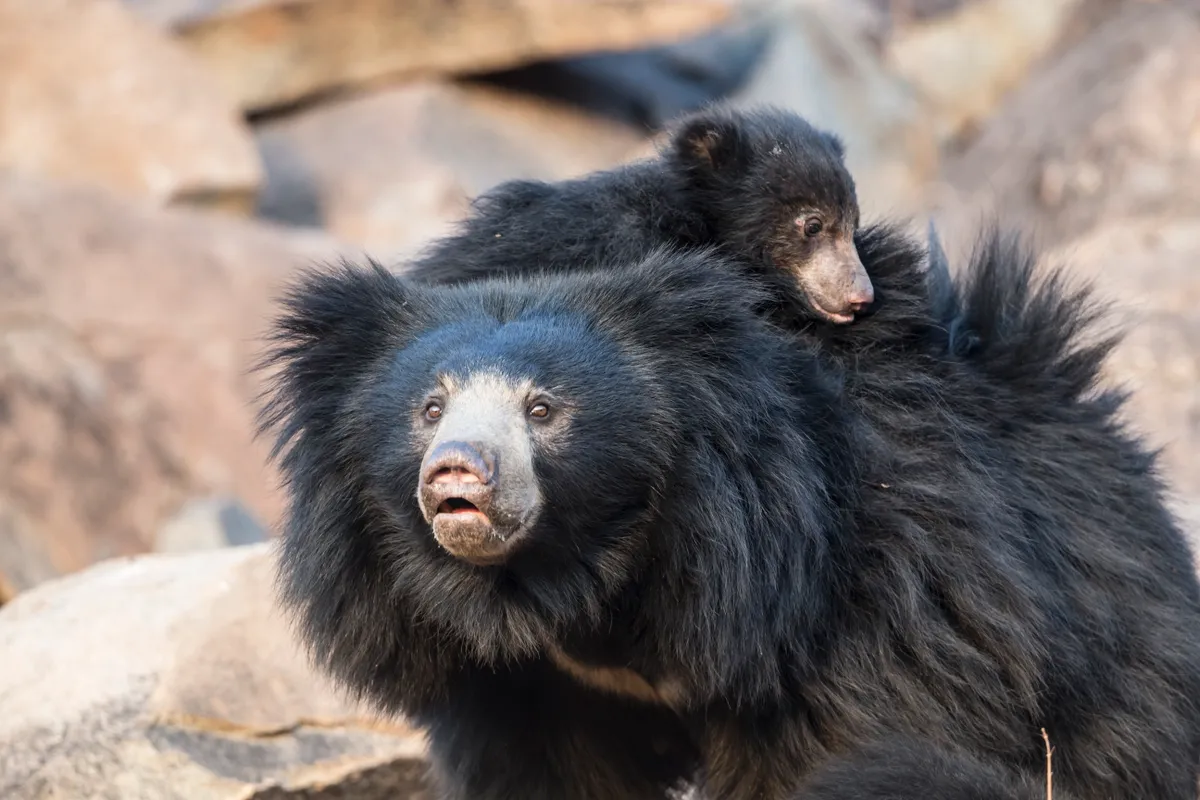
This curious-looking, shaggy-haired, and reclusive bear is native to the forests of South Asia, including India, Nepal, and Sri Lanka. Sloth bears feed primarily on ants and termites, using their long claws to open their nest mounds before sucking out the insects like a vacuum through a gap in their front teeth.
7
Asiatic black bear, Ursus thibetanus
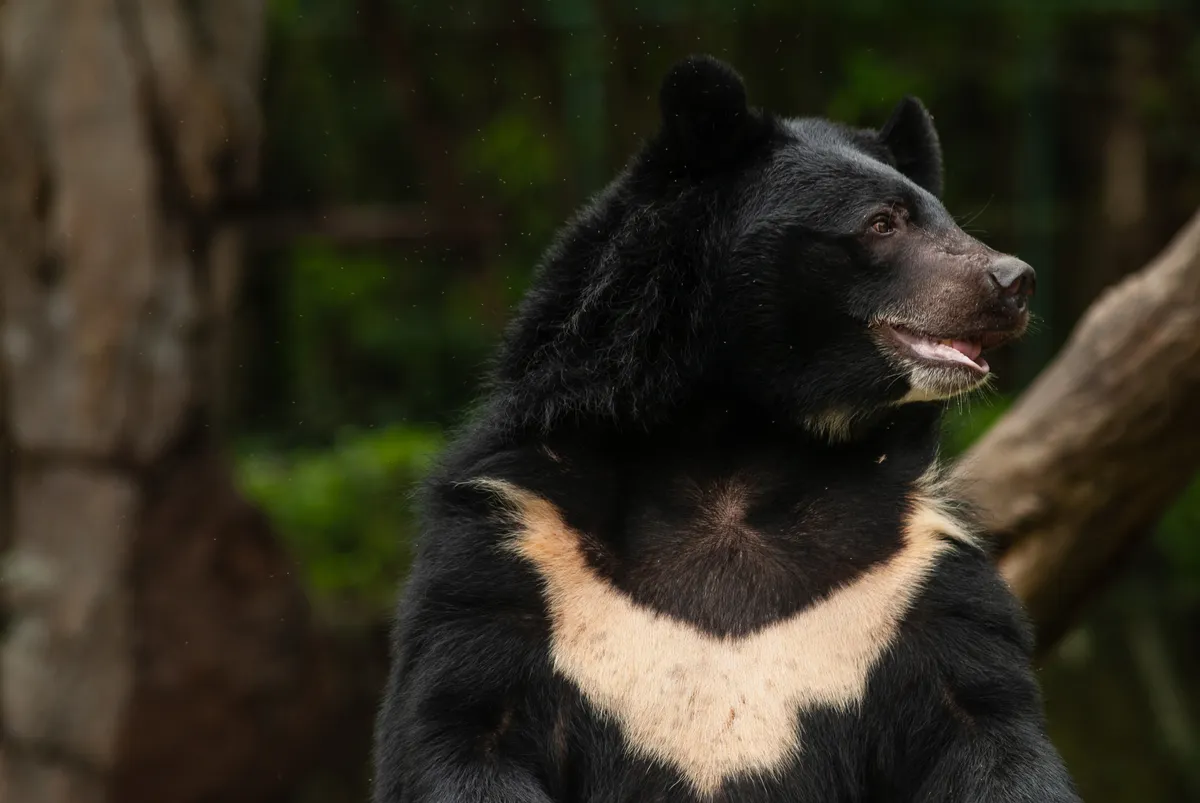
Distinguishable from the American black bear by its distinctive white bib, the Asiatic black bear lives in the Himalayas and is largely adapted to arboreal life, spending about half their time in the trees. They have a reputation for being very aggressive towards humans, who hunt and trap them for their body parts, which are used in traditional medicine.
8
Sun bear, Helarctos malayanus
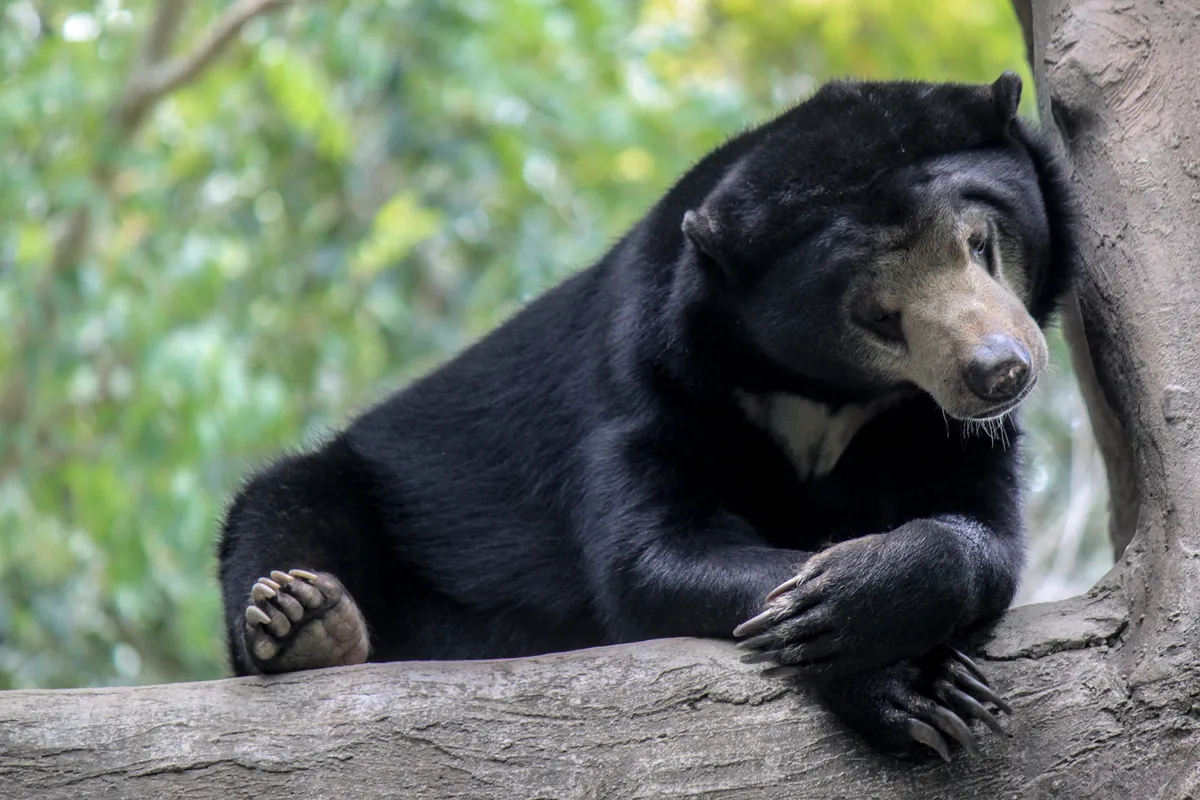
Also known as the “honey bear” (after its voracious appetite for honeycomb) this bear can be found in the tropical forests of Southeast Asia. It has an extremely long tongue (20–25 cm), which it uses to scoop honey out of bees nests.
They are listed as Vulnerable by the IUCN, mostly due to habitat loss through deforestation, as well as being hunted for body parts and as crop pests. Scientists fear that their global population has declined by more than 30% over the past three bear generations.
Main image: A brown bear scent-marking a tree by back scratching. © Erik Mandre/Shutterstock

